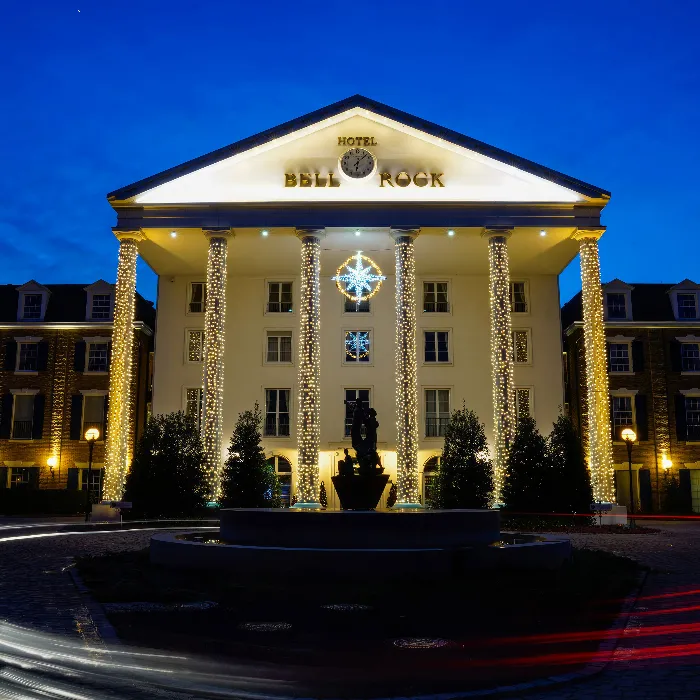The photography of a corridor in a hotel often presents a special challenge. The lack of sufficient lighting can impair image quality and make it difficult to achieve the desired depth of field. However, with the right techniques and an attentive eye for details, you can create impressive photographs even in dark corridors. In this guide, I will explain the steps you can follow to get the maximum depth of field and image quality from your photography in a hotel corridor.
Key Insights
- Choose a smaller aperture for maximum depth of field.
- Position the focus strategically on the front third of the corridor.
- Use different light sources to create interesting moods.
Step-by-Step Guide
1. Preparing the Camera
Before you begin photographing, it is important to prepare your camera for the shot. Make sure to use the right lens for the situation and set up your camera stably. A tripod can help you avoid camera shake, especially in poorly lit corridors. While setting up the camera, ensure that you have enough space for the entire length of the corridor.

2. Conducting an Initial Test Shot
Take an initial test shot to see how the light and composition work in the image. Be sure to capture all relevant details in the picture. When making the test shot, you can get an initial impression of the lighting and sharpness. This is especially important in darker corners of the corridor, where the light may not be optimal.
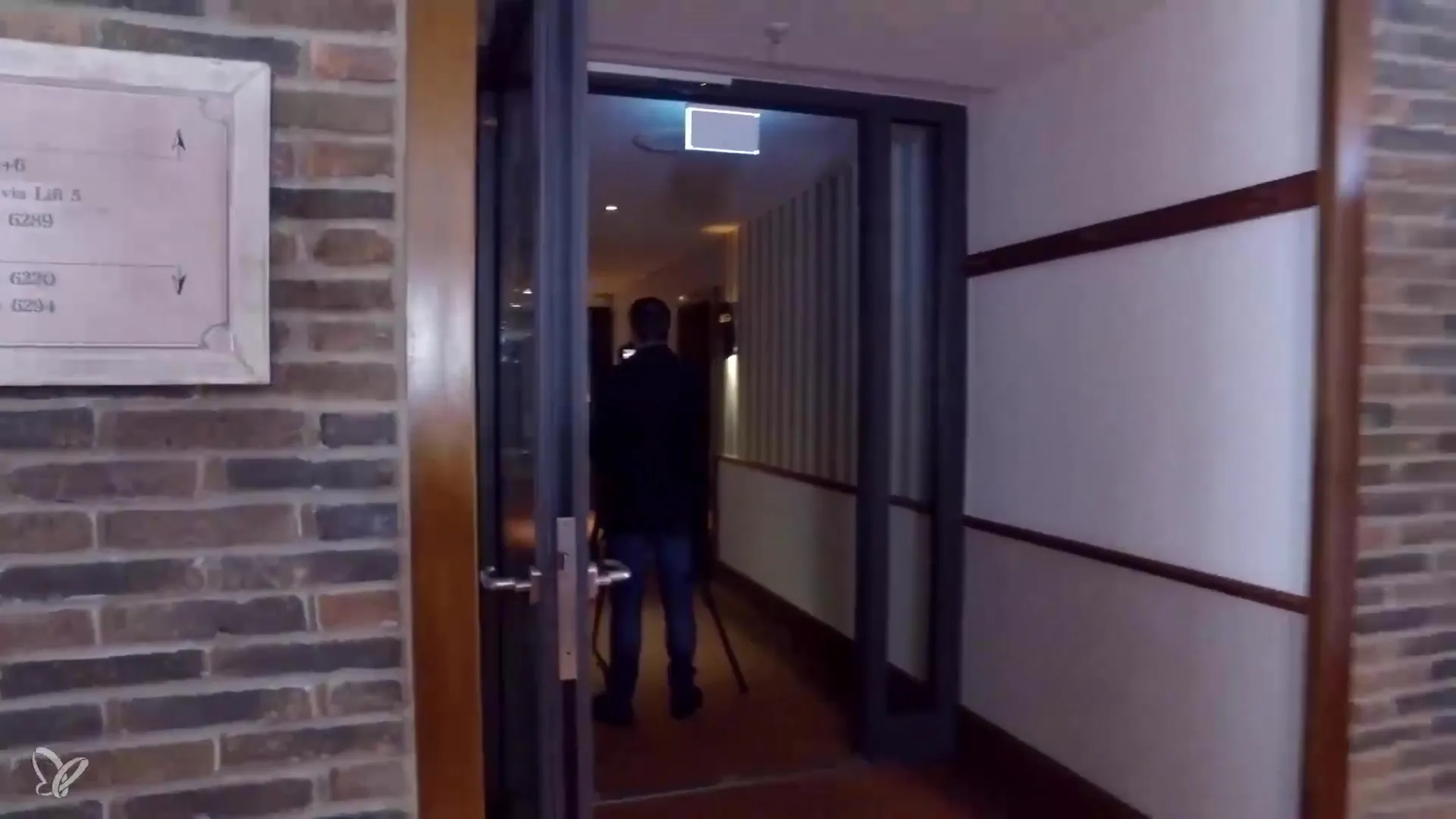
3. Analyzing the Lighting
Look at the different light sources in the corridor. Often, you will find a combination of artificial light and daylight that can create interesting effects. Pay attention to the light sources shining from the walls or above, and use them to influence the mood of the image. Sometimes, the light in a dark corridor can yield astonishing results that wonderfully highlight the atmosphere of the room.
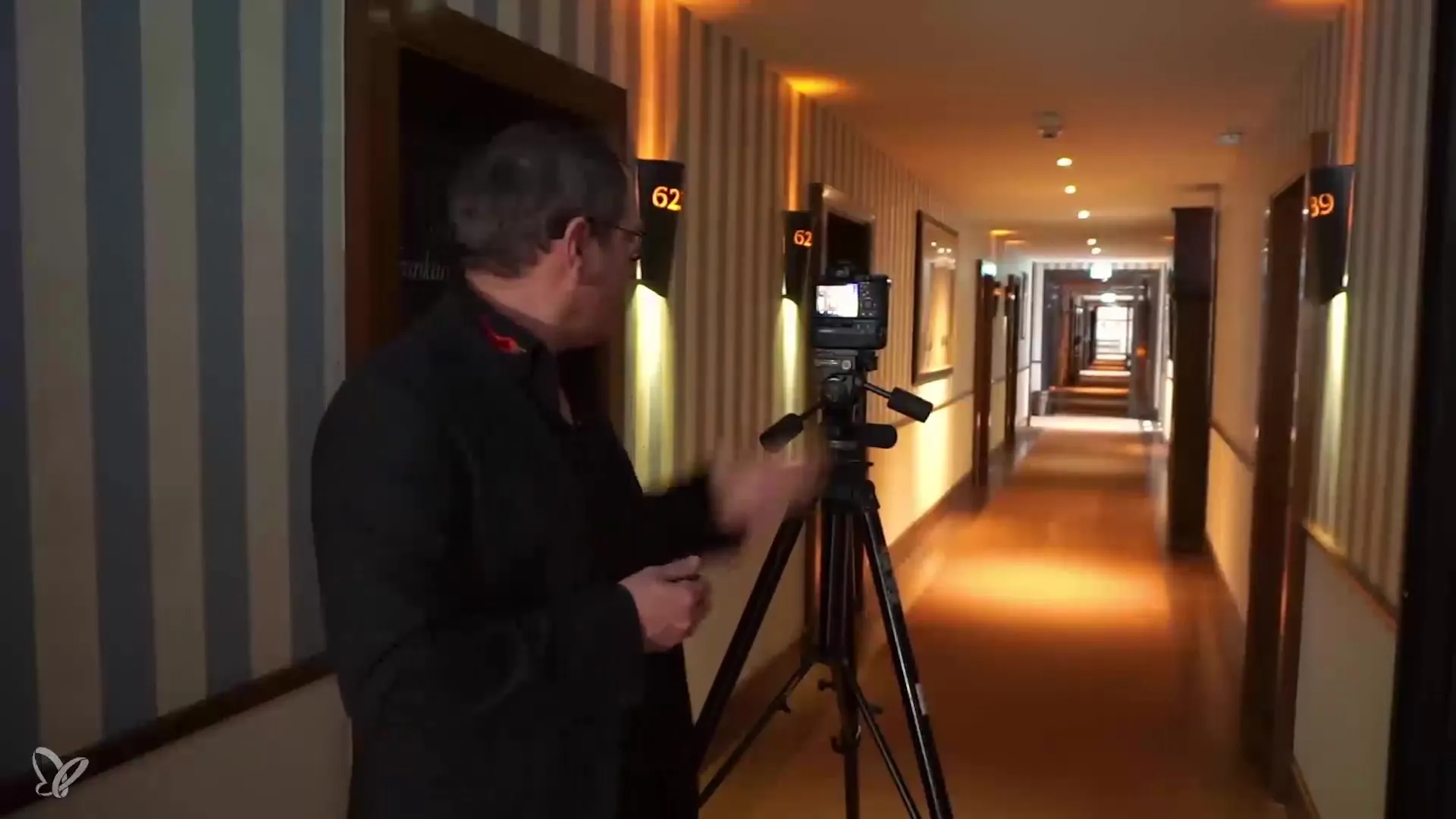
4. Choosing the Right Aperture
For maximum depth of field, using an aperture of 11 is ideal. This allows both the foreground and background of the corridor to appear clear and sharp. By choosing a smaller aperture, you can extend the sharpness across the entire length of the corridor.
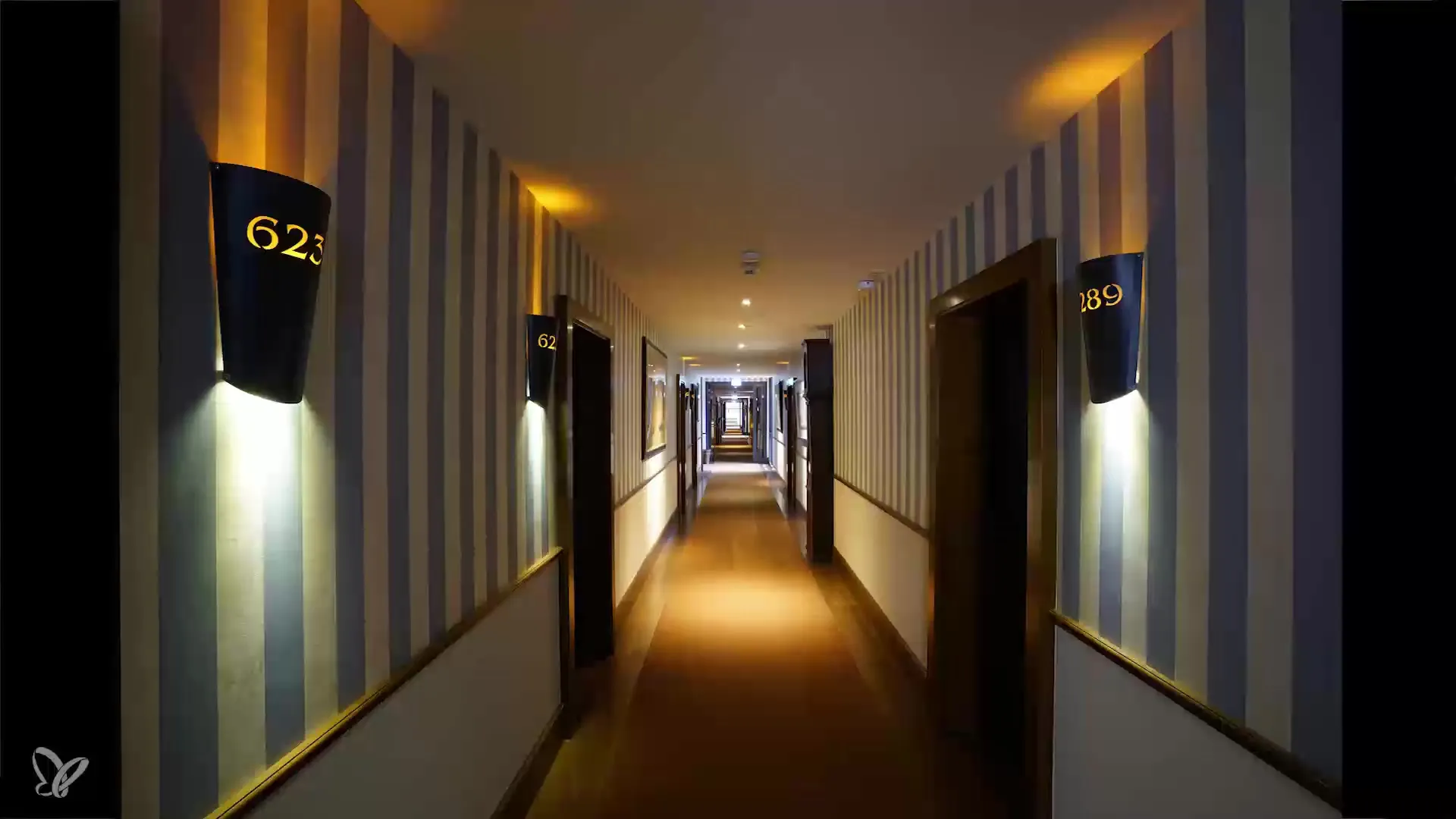
5. Properly Placing the Focus
When focusing, it is crucial to understand how depth of field works. If you place the sharpness in the middle of the corridor, you may sacrifice depth of field in the front area of the corridor. Since sharpness generally increases towards the back, it is advisable to set the focus in the front third of the corridor. This ensures that both the near and far areas remain sharp.
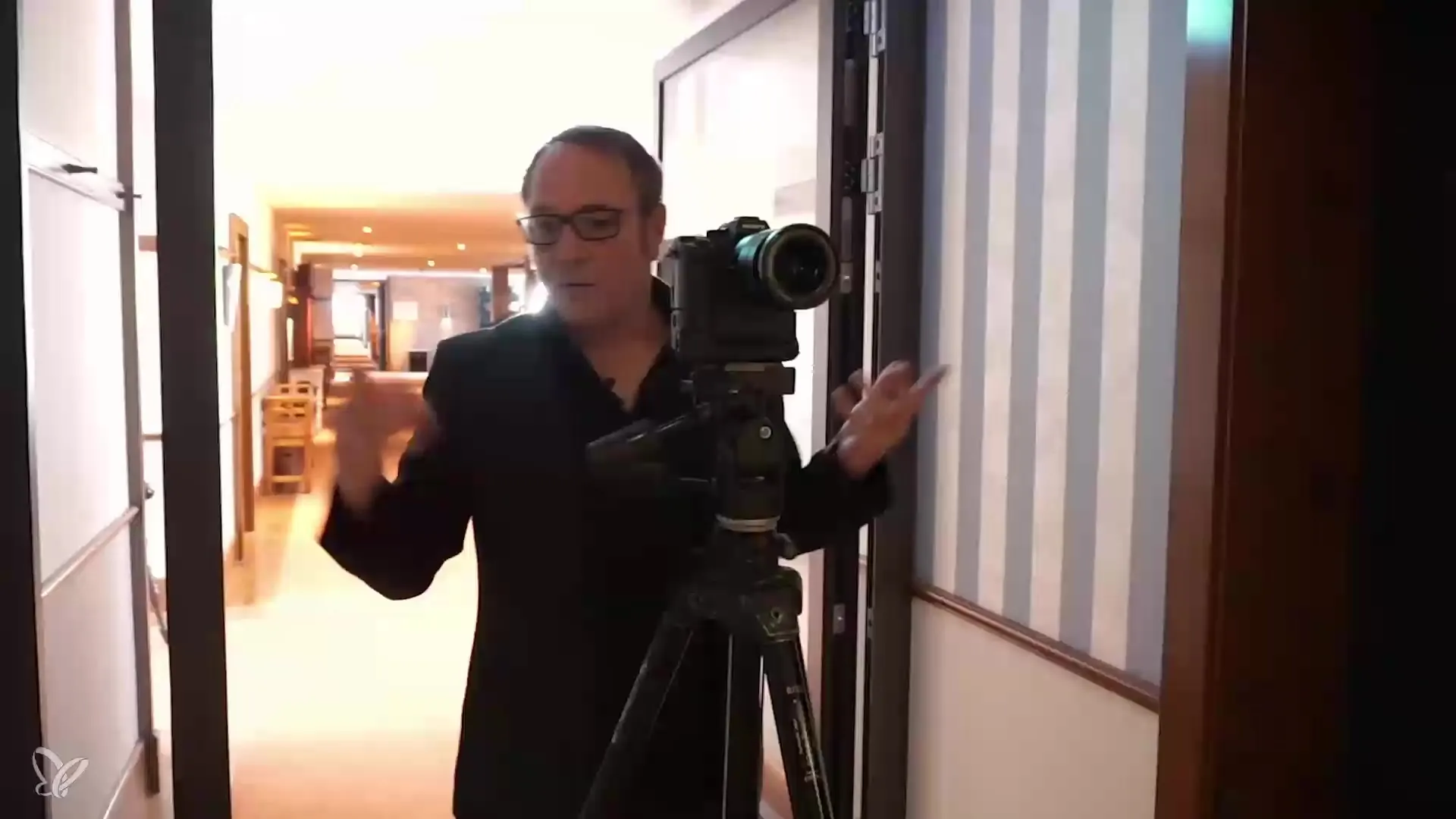
6. Considering Sharpness Distribution
The distribution of sharpness is important for the overall effect of your image. Remember that depth of field distributes in a ratio of 1/3 to 2/3. If you place the sharpness in the front third, the area behind the focus will be sharper. Experiment with different focal points to find the best composition.
7. Planning Post-Processing
After you have taken your shots, post-processing the images is the next step. You can adjust the exposure to brighten dark areas and perform color correction if necessary, to make the different light sources work harmoniously. Software like Lightroom or Photoshop can help you achieve the best results and make the corridor appear even more impressive.
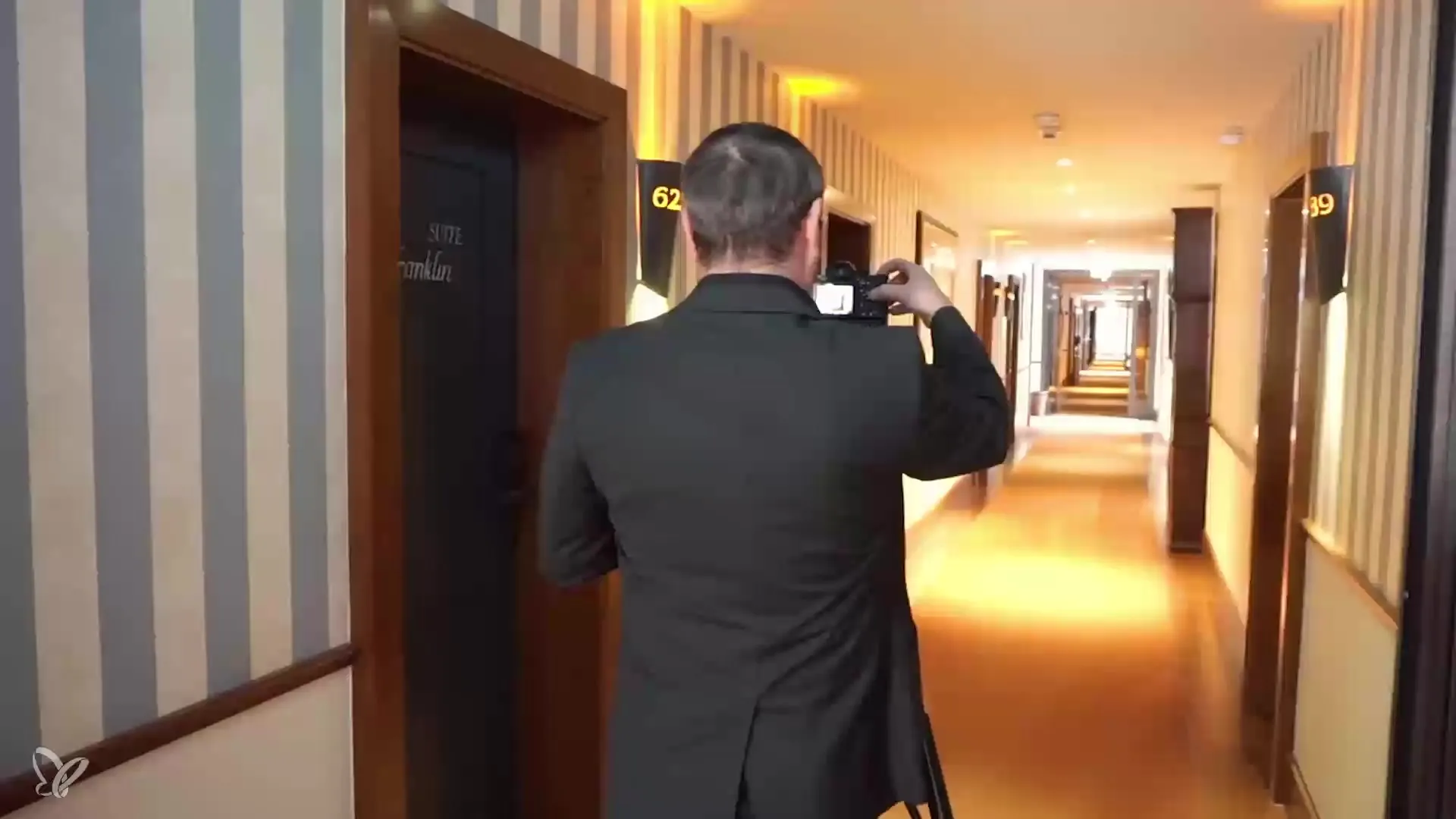
Summary – Hotel Photography: Common Tips for Impressive Images
In this guide, you have learned how to achieve maximum depth of field and image quality when photographing corridors in hotels. With the right techniques—from camera settings to post-processing—you have all the tools at your disposal to deliver great results.
Frequently Asked Questions
How important is the choice of aperture for depth of field?The choice of aperture is crucial for depth of field; a smaller aperture ensures more sharpness in the image.
Can I work without a tripod?Yes, but a tripod helps to avoid camera shake, especially in low light conditions.
How do I prevent overexposure in bright areas?Pay attention to exposure while shooting and adjust the aperture or shutter speed accordingly.
What can I do in post-processing?You can adjust exposure, contrast, and colors to optimize the image.
How much depth of field do I need in the image?Good depth of field is important if you want to render both foreground and background sharply.
